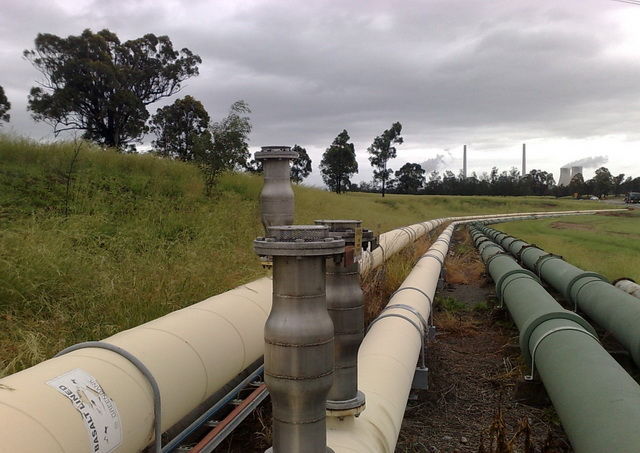Pipe bends (also known as ‘elbows’) are commonly used in industrial steel piping and steel pipelines. When pressure changes occur within these piping systems, pipe bending allows for flexible thermal expansions to happen without causing damage or overloading the piping network.
It also allows materials to flow through freely, with minimal interruptions and disruptions to the processing system.
Underground pipe bends are capable of handling significant stress when under rigorous pressure.
Pipe bends are highly flexible components used by companies specialising in water pipeline protection, active pressure and water loss management. These elbows often have bend angles equivalent to 30, 60 and 90 degrees, providing maximum mechanical performance when under duress and strain.
Depending on the type of pipe bend that is used, it may present as an efficient tool for minimising ground induced deformations through the presence of these ‘load displacement curves. When considering pipe bends in underground pipelines, there also needs to be optimum distance of the elbow from the fault plane to ensure it doesn’t disrupt ground displacement. If installed properly, it has the capacity to significantly reduce forced pressure on the pipeline at the many allocated fault crossings, making it an ideal solution for the absorption of externally induced loads.
Understanding Pipe Bending Methods
Cold Bending:
Cold bending requires a certain amount of physical force to achieve the desired pipe shape. Some of the methods used include Roll Bending, Compression Bending, Rotary Draw Bending and Mandrel Bending.
Hot Bending:
Hot Bending is less forceful, relying on the use of heat to get the perfect pipe bend. This application is commonly utilised in both large diameter piping and tubing and long radius bends.
Some things to consider with complex pipe bends…
It would be virtually impossible to install any kind of underground piping without any bends in it. Rarely will you find pipes that work in a straight line from one access point to another. You will most often see a labyrinth of bends and turns, pipes facing upwards, downwards and much more. They also come in varying sizes to suit the capacity of pipeline applications at hand, making them significantly effective at subjugating different types of hot and caustic liquid, as well as controlling the pressure of tougher sand and silica particles.
Common Materials Used In Pipe Bending Projects
Just like anything, there’s no ‘one size fit’s all’ approach to pipe bending. Depending on the type of material used, this will determine whether to use either cold or induction bending methods.
The many different types of materials we come across on worksites including:
- Nickel Piping
- Copper Piping
- Aluminium Piping
- Stainless Steel Piping
With a better understanding of pipe bending technology, you can be certain of finding the right solution for your business requirements.
At Ventomat, we can implement a range of pipe bends within underground networks using common methods such as welding and flanges. Over the last few decades, we have worked with global industries worldwide to deliver cost-efficient pipe bending methods to suit a variety of custom applications.
As a leading solutions provider for water pipeline protection, active pressure and water loss management, our goal is to deliver comprehensive pipeline services that meet your budget requirements.
Please call (02) 8814 9699 for more information.

